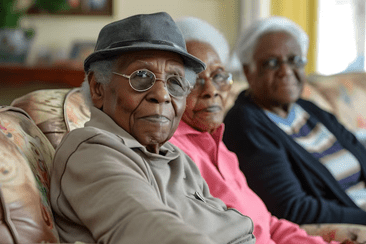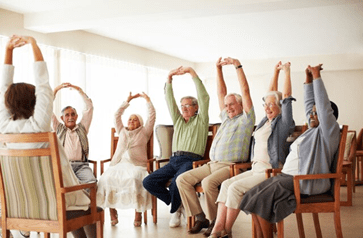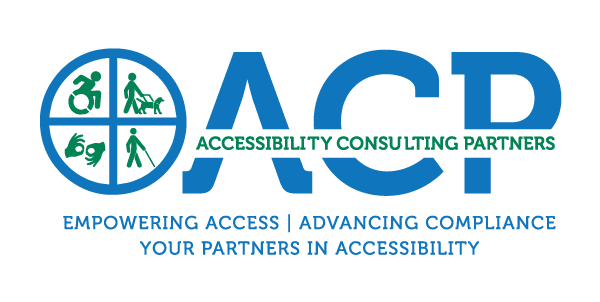Aging is a topic many people dread and prefer to ignore. Aging is viewed quite differently throughout the world. Many societies highly value the wisdom and social responsibility of older people and their contributions to society. However, here in our Western developed society, older people are unfortunately rarely viewed and valued with the same level of respect and appreciation. Along with the physical decline associated with the aging process, social connectedness, and loneliness become real struggles. The combination of these factors contributes to the decline in general health and ability, both physically and emotionally. Improving intergenerational relationships and a sense of community must be promoted to enhance the well-being of our aging communities facing these conditions.

There are many unavoidable aspects to the aging process, specifically at the molecular and cellular levels, which none of us can avoid, resulting in a decrease of one’s mental and physical capacity. These changes are rarely consistent over time and not always associated directly with a person’s chronological age. Additionally, health challenges are also paired with life events like retirement, housing relocations, and the death of loved ones and friends. The combination of these factors results in a reduction of their community and personal autonomy. Reaching out and engaging with the local community can reduce loneliness and isolation many aging people experience.
Learning to and staying socially engaged for older people can be helpful for the maintenance of long-term improvements in one’s quality of life. The Americans with Disabilities Act (ADA) plays a crucial role in ensuring access to resources, programs, and services available within their communities to which access is a civil right established under the ADA since 1992. Many older people are unaware of the ADA and how it may improve their quality of life. Through access to community programs and services, either independently or by the cooperative efforts of aging advocacy groups and community organizations, older people are provided the ability to access these opportunities.
Advocacy groups and community organizations are essential in supporting aging populations under the ADA. Most of these organizations offer resources, education and workshops enabling individuals and their families to navigate the complexities and benefits offered under the ADA. The ADA is specific to individuals with disabilities and not exclusive to the elderly population. However, the ADA ensures that publicly and privately provided programs are accessible and available to all those wishing to participate. Initiatives involving the elderly in decision-making and community-focused projects can help ensure their voices are heard, and their needs are addressed.

Lack of ADA awareness and resource limitations must be addressed through education, advocacy, and innovative approaches to support inclusive environments catering to the diverse needs of aging individuals. When communities commit to upholding the principles of the ADA and collaborate across various departments, programs, services, and resources, older people with limited abilities are ensured they can receive the necessary accommodations and support to live engaged, active, and full lives within our communities.
As a society, we must better understand, value, and appreciate the importance of our elderly populations. Taking the time to engage, include, and honor the older populations within our communities is essential for us as a society. Attitudes toward the elderly, like attitudes toward individuals with disabilities, must be re-examined and reframed. It may not be you today, but this could be a possibility for you eventually. Work towards improving intergenerational relationships and a sense of community must be promoted to enhance the well-being of our aging communities facing these conditions.
